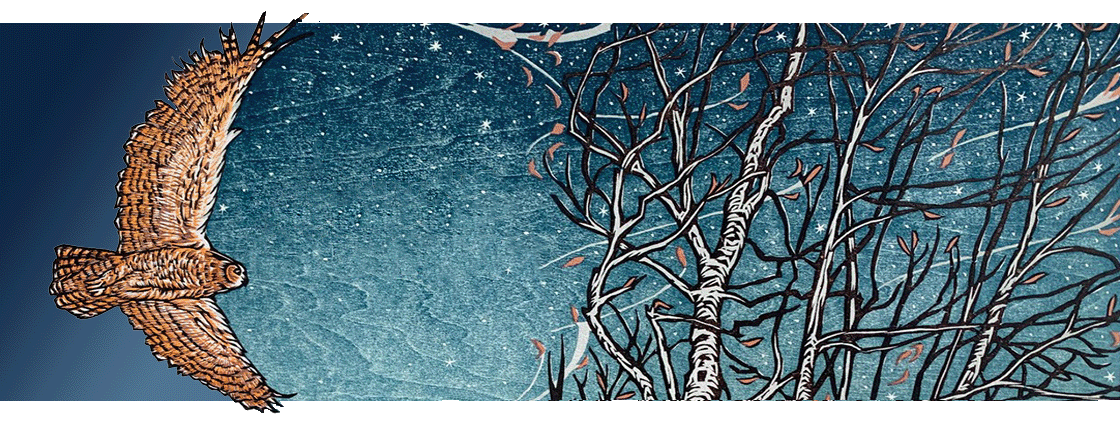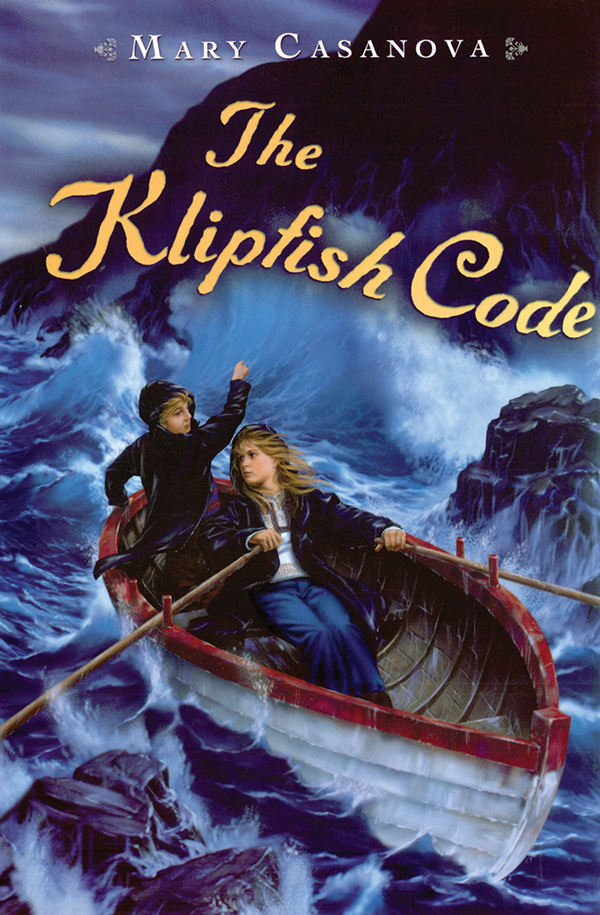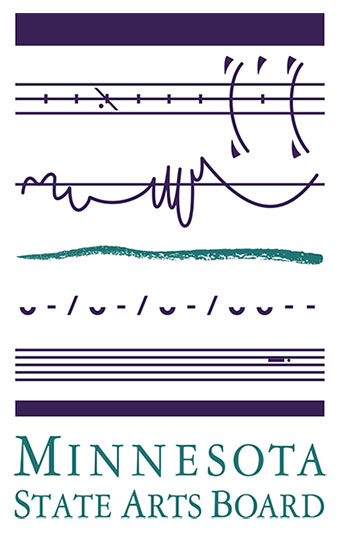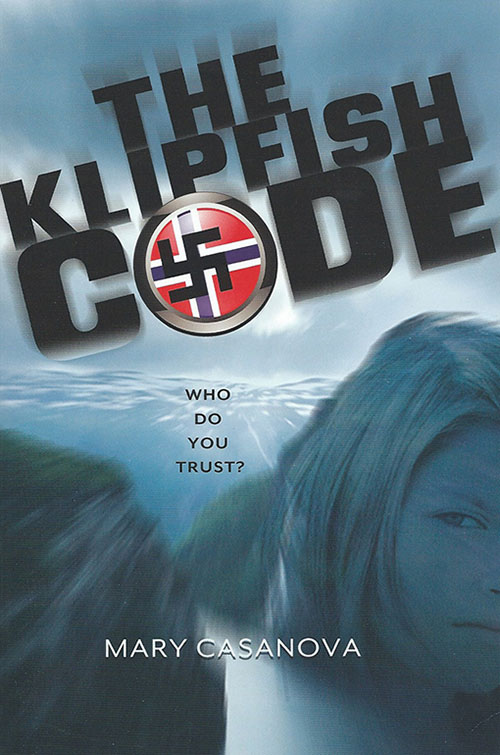
The Klipfish Code
Pleasant Company, 2002
Hardcover: 978 – 1584855941
Paperback: 978 – 0547744476
The Klipfish Code
written by Mary Casanova
Marit Gundersen, and her brother, Lars, are sent to stay on a coastal island with grandparents, but Marit quickly learns that no place in Norway is safe. When the Nazis ordered teachers to indoctrinate their students in Nazi propaganda, the Norwegian teachers rallied together and refused.
The result is a little known and startling fact: 1 in 10 teachers were rounded up and sent to concentration camps. “All of my research left me with such awe and admiration,? Casanova recounted, “for the ordinary citizens who risked their lives to keep the hope of freedom alive. By stepping into the shoes of a 12-year old Norwegian girl, I was able to try on her deepest fears — and mine — to better imagine what life must have been like?
Scroll down to find the 22-page teaching guide.
Teaching Guide
Explore The Klipfish Code with a 22-page teaching guide. This guide covers a wide variety of supplementary information and activities for before, during, and after reading the book.
Video Book Trailer
Anna Zbacnik, Library Media Specialist, put together this great video book trailer for The Klipfish Code.
Book Launch and Fan Photos
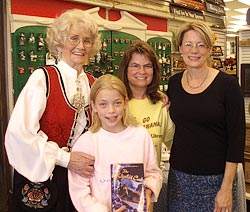
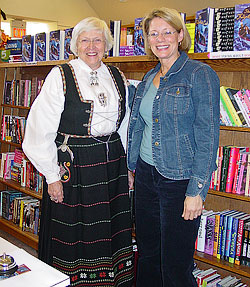
Research in Norway
Mary was fortunate to be able to travel to Norway to do some firsthand research into the history, culture, and geography of the islands that provide the backdrop for The Klipfish Code.
Take a look at the slideshow below to see some of the sights that Mary and her family found during their Norwegian adventure.
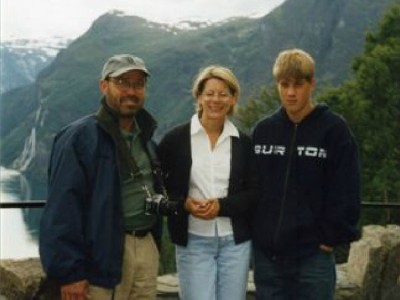
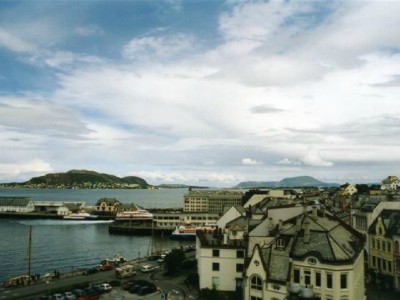
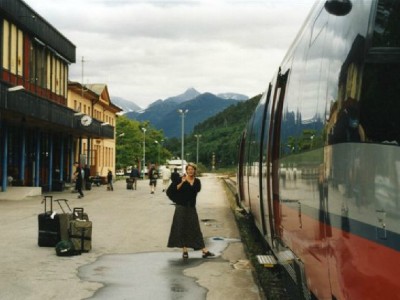
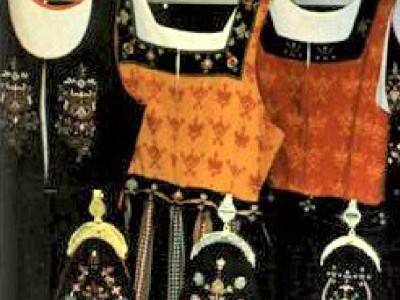
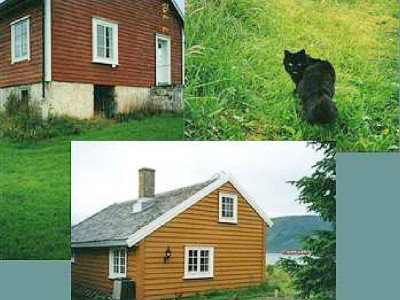
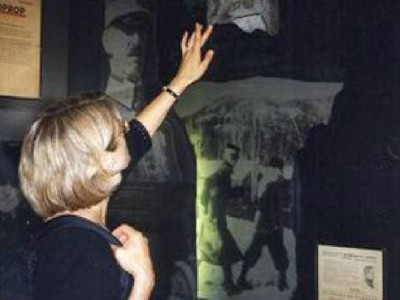
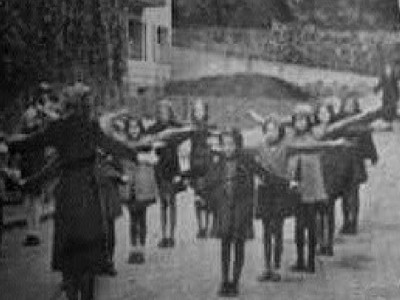
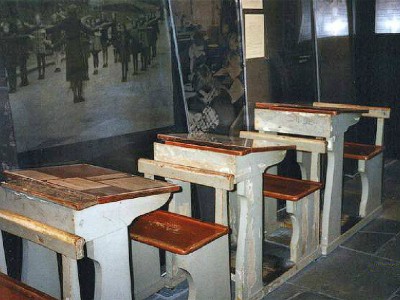
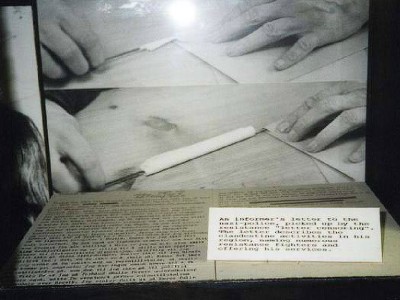

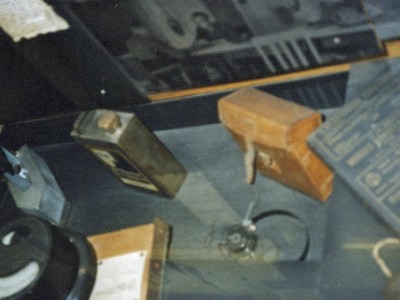
Reviews & Comments
When German bombs shatter Marit’s peaceful village life in Norway, she and her family begin a long and harrowing wartime-occupation experience that will test their strength and courage. Mama and Papa slip away to work underground in the resistance movement as Marit and younger brother Lars are shipped off to a coastal island to live with grandfather Bestefar. Tensions rise when Bestefar mandates peaceful cooperation with the Nazis, while Marit and her plucky aunt Ingeborg look for ways to fight back. Opportunities abound, as when Marit stumbles upon a seriously wounded resistance fighter and, at grave risk to herself and her family, tries to keep him alive.
Evoking the grim reality of war and its effects on ordinary citizens, this suspenseful historical tale is also noteworthy for drawing attention to a region of Europe not commonly featured in children’s fiction about World War II. Casanova appends an enlightening author’s note, a glossary (with pronunciations) of foreign words, and suggestions for further reading about wartime Norway.
— Anne O’Malley, Booklist
Casanova spins an adventure-filled and harrowing story … another novel of heroism and perseverance.
— School Library Journal
I currently teach 5th grade in a public school in West Michigan and we have been using your book, The Klipfish Code, for the past several years as an anchor text in our school. The research, suspense, action, and plot twists keep my students gripped to the pages year after year. From literary essays to video book enticers, your book has meant so much to so many…
We analyze your work with students in a variety of ways. From writing essays on themes to examining the many symbols and elements of figurative language, your book inspires so many to continue reading historical fiction. Most recently, we have found researching the Kindertransport and other factual stories from Bestefar’s final journey to be inspiring. Truly, there are so many elements of your work that resonate with the students and with me. We are all wearing paperclips this week our students try to remain inconspicuous among their peers in fifth grade.
With sincere gratitude,
Matt Meyer, 5th Grade teacher, Knapp Forest Elementary School, MI
Awards
- Rhode Island Children’s Book Award Master List, 2009
- Horace Mann Upstanders Honor Book, 2008
- Minnesota’s Maud Hart Lovelace master list, 2014
Note from Mary
Many of Casanova’s early books grew from her experience in the north woods but more frequently now her writing takes her away from the north woods. Her love for times past has taken her to France where she conducted research for Curse of a Winter Moon, set in sixteenth century France. On a return trip to research a second book [Cécile: Gates of Gold] set in France, Casanova says she spent a week ‘floating on the Grand Canal, exploring the passageways of the palace, and biking along the cobblestone streets.’
“More and more, I love the research piece of writing. Though I will do lots of research before I begin writing, I eventually grow impatient and need to start a book. While I write I’m surrounded by books related to my topic, whether it’s eagles or 18th Century France.”
